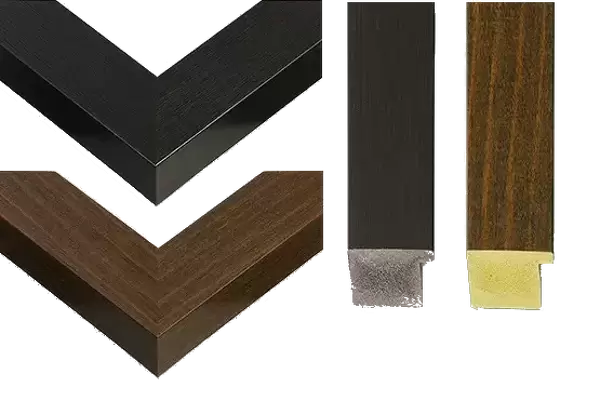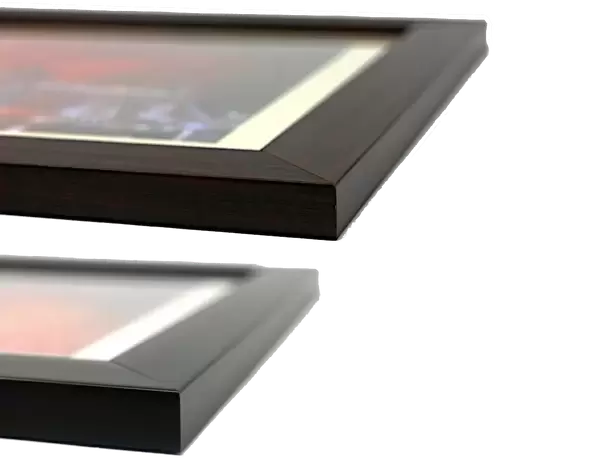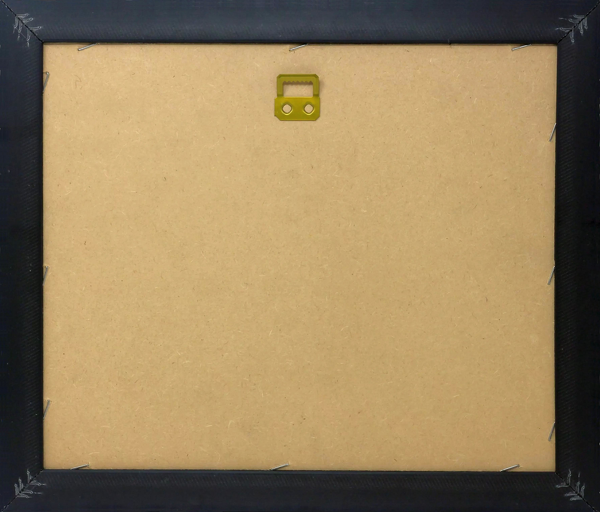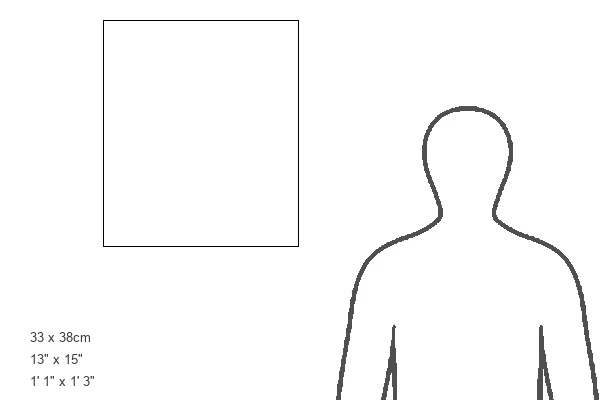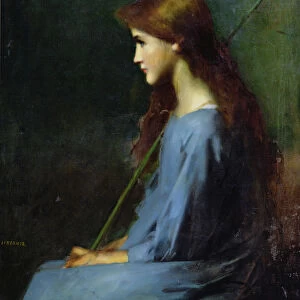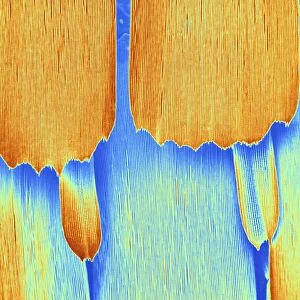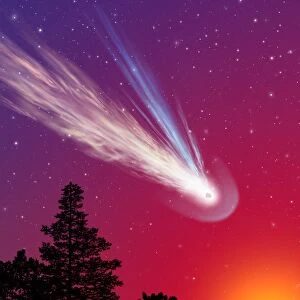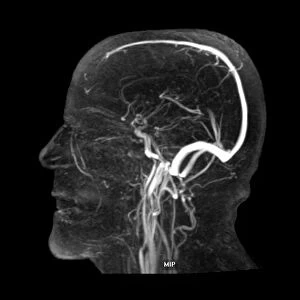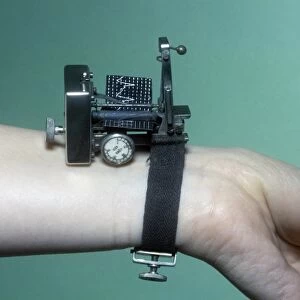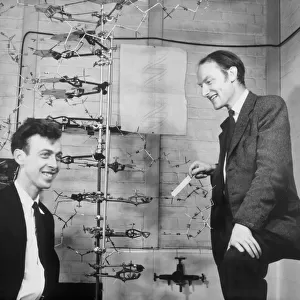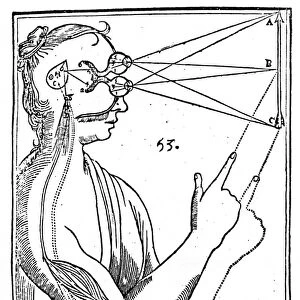Framed Print > Animals > Mammals > Nesomyidae > Fat Mouse
Framed Print : TEM of endoplasmic reticulum in mammalian cell
![]()

Framed Photos from Science Photo Library
TEM of endoplasmic reticulum in mammalian cell
Rough endoplasmic reticulum. Transmission Electron Micrograph (TEM) of a section through a mammalian cell revealing rough endoplasmic reticulum (ER). ER is the system of membranes seen running across at upper image. Small granules attached to the membrane of the ER are ribosomes, the sites of protein synthesis. At lower right the large mass of the cell nucleus is seen, with dark areas of chromatin. ER originates from the nuclear membrane & divides the cell cytoplasm into a network of cavities called cisternae. Small vesicles bud from the ER to transport proteins and fats around the cell. Magnification: x66, 000 at 8x10 inch size
Science Photo Library features Science and Medical images including photos and illustrations
Media ID 6401483
© NIBSC/SCIENCE PHOTO LIBRARY
Cell Structure Cytology Endoplasmic Reticulum Protein Synthesis Ribosome Rough Rough Endoplasmic Reticulum Micro Biology
14"x12" (38x32cm) Modern Frame
Bring the wonders of science into your home or office with Media Storehouse's Framed Prints. This captivating image showcases the intricate structure of a mammalian cell, as seen through the lens of Transmission Electron Microscopy (TEM). Witness the rough endoplasmic reticulum (ER) in stunning detail, as science comes to life in this TEM of a mammalian cell, captured by Science Photo Library. Our Framed Prints are not only beautiful additions to any space but also serve as thought-provoking conversation starters, celebrating the beauty and complexity of the scientific world.
Wood effect frame, card mounted, 10x8 archival quality photo print. Overall outside dimensions 14x12 inches (38x32cm). Environmentally and ozone friendly, 40mm wide x 15mm Polycore® moulding has the look of real wood, is durable and light and easy to hang. Biodegradable and made with non-chlorinated gases (no toxic fumes) it is efficient; producing 100 tons of polystyrene can save 300 tons of trees! Prints are glazed with lightweight, shatterproof, optical clarity acrylic (providing the same general protection from the environment as glass). The back is stapled hardboard with a sawtooth hanger attached. Note: To minimise original artwork cropping, for optimum layout, and to ensure print is secure, the visible print may be marginally smaller
Contemporary Framed and Mounted Prints - Professionally Made and Ready to Hang
Estimated Image Size (if not cropped) is 19.1cm x 24.4cm (7.5" x 9.6")
Estimated Product Size is 32.5cm x 37.6cm (12.8" x 14.8")
These are individually made so all sizes are approximate
Artwork printed orientated as per the preview above, with portrait (vertical) orientation to match the source image.
FEATURES IN THESE COLLECTIONS
> Animals
> Mammals
> Nesomyidae
> Fat Mouse
> Animals
> Mammals
> Small Mammals
EDITORS COMMENTS
This print showcases the intricate details of a mammalian cell's endoplasmic reticulum (ER) as captured through a transmission electron microscope (TEM). The upper image reveals the rough ER, characterized by its system of membranes running across. Attached to these membranes are small granules known as ribosomes, which serve as vital sites for protein synthesis within the cell. In the lower right corner, we observe the prominent mass of the cell nucleus with dark areas representing chromatin. It is worth noting that the ER originates from the nuclear membrane and plays a crucial role in dividing the cytoplasm into interconnected cavities called cisternae. The complexity and functionality of this cellular structure become apparent when considering that small vesicles bud from the ER to facilitate transportation of proteins and fats throughout various regions of the cell. This process ensures efficient communication and distribution within this microscopic world. With a magnification level reaching an astonishing x66,000 at an 8x10 inch size, this TEM image offers us a glimpse into one aspect of biological microcosms. Science Photo Library has expertly captured this stunning visual representation without any commercial intent but rather with a focus on showcasing scientific marvels like this photograph for educational purposes in fields such as biology, cytology, and micro-biology.
MADE IN THE UK
Safe Shipping with 30 Day Money Back Guarantee
FREE PERSONALISATION*
We are proud to offer a range of customisation features including Personalised Captions, Color Filters and Picture Zoom Tools
SECURE PAYMENTS
We happily accept a wide range of payment options so you can pay for the things you need in the way that is most convenient for you
* Options may vary by product and licensing agreement. Zoomed Pictures can be adjusted in the Basket.



